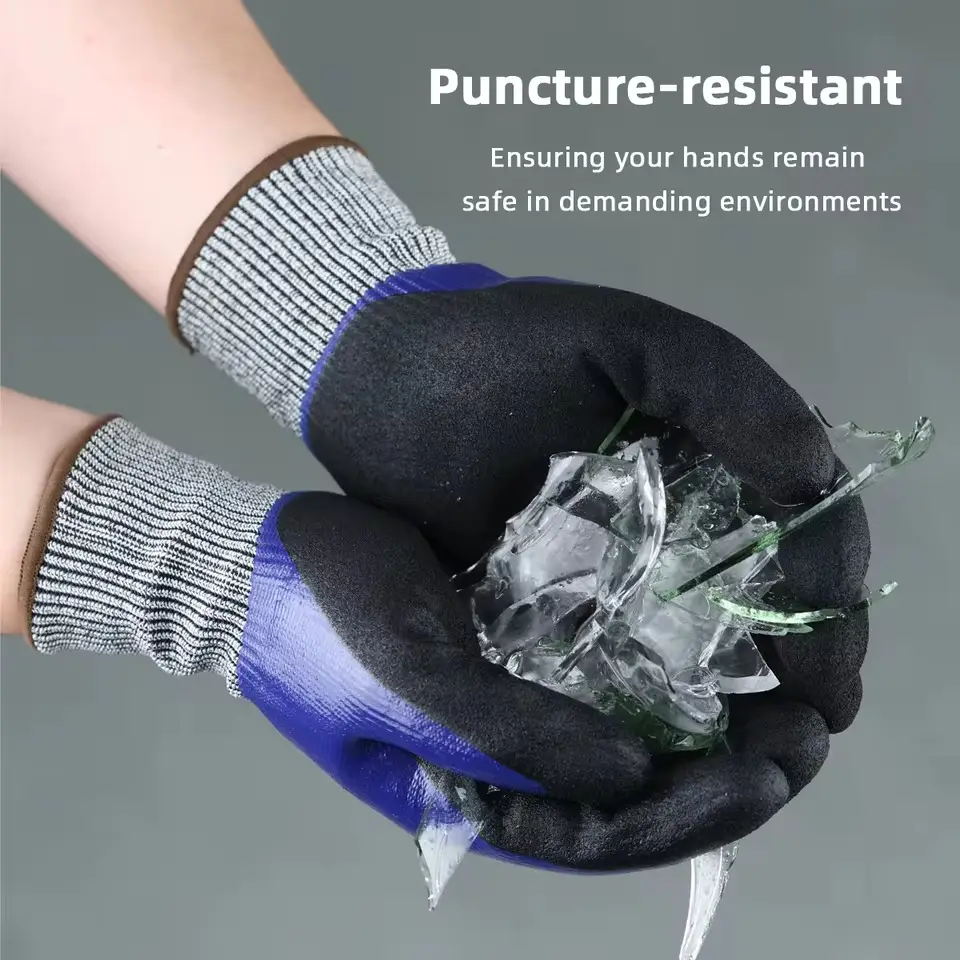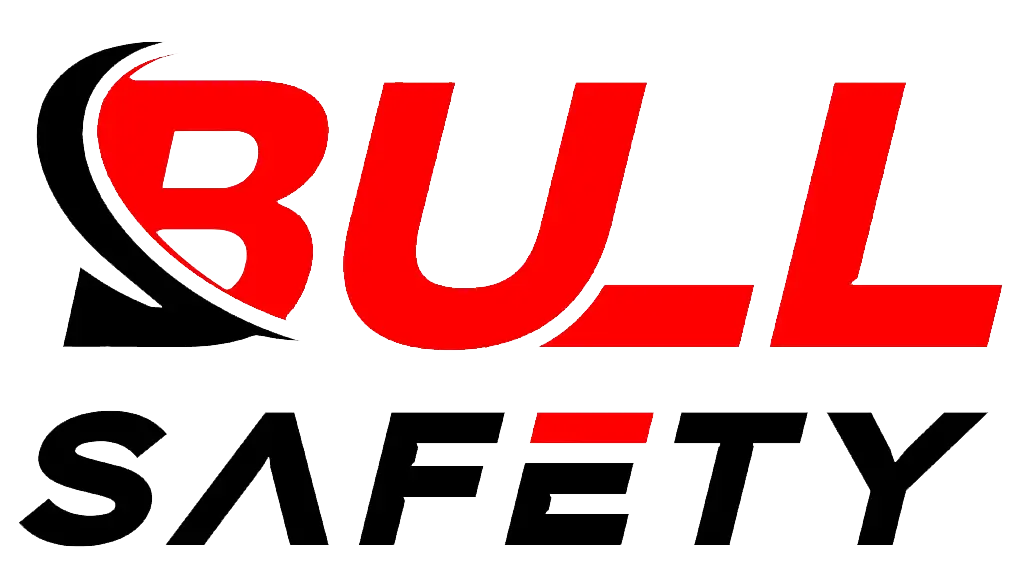
Cut-resistant gloves are a must-have for anyone who works around sharp objects1. But the real question is: Are they effective against all types of sharp objects? Let’s explore.
Cut-resistant gloves are designed to protect your hands from cuts, but not all sharp objects are the same. Their effectiveness depends on the type of material and the nature of the sharp object.
Understanding the limits of cut-resistant gloves2 can help you choose the right protection for specific tasks. Here’s everything you need to know about these gloves.
As a practitioner with more than 20 years of experience in glove manufacturing and sales, it is my opinion that Cut Resistant Gloves are not effective against all sharp objects. They are designed to protect the hand from cuts to a certain extent, but their effectiveness depends on the type of material and the nature of the sharp object. Choosing the right gloves is critical!
What jobs require cut resistant work gloves?
Certain industries rely heavily on protective gloves to safeguard workers from cuts. Whether you’re working in construction, food production, or manufacturing, the need for cut-resistant gloves is undeniable. These gloves are essential for handling sharp objects or materials that could cause serious hand injuries.
Cut-resistant gloves are crucial for jobs that involve handling sharp tools3, metals, glass, or even certain types of packaging.
Cut-resistant gloves are designed with specific materials like Kevlar, Dyneema, or high-performance polyethylene (HPPE) yarn4, which offer enhanced protection against cuts while maintaining dexterity and comfort. Here’s a look at the industries and roles where these gloves are indispensable.
Industries and Jobs That Require Cut-Resistant Gloves:
| Industry/Job | Reason for Use |
|---|---|
| Construction Workers5 | Handle sharp materials like metal, glass, or concrete, which pose high risks of injury. |
| Manufacturing Workers | Often work with heavy machinery and materials that can easily cut or puncture skin. |
| Food Industry Workers6 | Use knives and slicers in food preparation, increasing the risk of hand injuries. |
| Warehouse/Logistics Workers | Handle packaging materials with sharp edges, such as cardboard, plastic, and metal. |
| Landscapers and Gardeners | Use tools like shears, pruners, and knives, which can easily cause cuts. |
Key Considerations for Choosing Cut-Resistant Gloves:
- Risk of the Job: Assess how frequently workers are exposed to sharp materials.
- Durability of Gloves: Some gloves may wear out faster depending on how abrasive the work environment is.
- Comfort and Fit: Workers need gloves that allow for movement while providing protection.
- Certification: Look for gloves that meet relevant standards like EN388 (European standard) or ANSI (American standard).
When to wear cut resistant gloves?
Knowing when to wear cut-resistant gloves is just as important as understanding why you need them. There are various situations where wearing these gloves is critical for ensuring safety and preventing injuries.
Wear cut-resistant gloves when you’re handling sharp materials7, using tools that could cause injury, or working in environments where cutting hazards8 are common.
Best Times to Wear Cut-Resistant Gloves:
1. Handling Sharp Materials
When working with materials like glass, metal, or ceramics, sharp edges[^*] can pose a significant danger. These materials are prone to causing deep cuts if handled improperly.
2. Using Cutting Tools
Cut-resistant gloves are essential when using tools like knives, box cutters, or saws. These tools can easily slip or cause accidental injuries if you’re not careful.
3. Working with Heavy Machinery
In environments where heavy machinery9 is involved, such as construction or manufacturing, you’re often handling sharp metal parts, sheet metal, or tools that can cause cuts. Gloves protect against these dangers while still allowing you to operate machinery effectively.
4. Food Processing
Food processing workers who handle knives, slicers, and other cutting tools need cut-resistant gloves to avoid injury while cutting food products like meat or vegetables.
5. Warehouse and Logistics
Handling cardboard boxes, metal parts, or packaging materials with sharp edges requires a good level of hand protection to prevent cuts.
When Not to Wear Cut-Resistant Gloves:
It’s important to note that cut-resistant gloves are not suitable for every task. In cases where dexterity and precision are required (e.g., handling small parts or delicate objects), you might need a thinner, more flexible glove.
Table: When to Wear and Not Wear Cut-Resistant Gloves
| Situation | Wear Cut-Resistant Gloves? |
|---|---|
| Handling sharp metal parts | Yes |
| Working with delicate objects | No |
| Cutting food in food production | Yes |
| Handling glass or ceramic | Yes |
| Performing detailed assembly tasks | No |
Who uses cut resistant gloves?
Cut-resistant gloves are used by many professionals across different industries. The common thread among all these professionals is that they work with materials or tools that carry a high risk of cuts and abrasions.
From factory workers to chefs, these gloves are worn by anyone whose work involves handling sharp objects or machinery.
Here’s a breakdown of who typically uses these gloves and why they’re essential for their work.
Professionals Who Frequently Use Cut-Resistant Gloves:
- Factory Workers: Workers on the production line or assembly line often come into contact with sharp edges from metal parts or machinery.
- Chefs and Kitchen Staff: These professionals use knives, slicers, and other sharp tools daily while preparing food.
- Construction Workers: On construction sites, workers regularly handle materials like steel, glass, and concrete, all of which have sharp edges that can cause injury.
- Manufacturing Workers: In industries like automotive or electronics, workers deal with materials such as wires, sheet metal, and parts that require handling with protection.
- Warehouse and Logistics Workers: Handling large shipments of goods with sharp packaging materials or metal components calls for cut-resistant gloves to avoid hand injuries.
Table: Who Uses Cut-Resistant Gloves and Why?
| Professional | Reason for Use |
|---|---|
| Factory Workers | Handle sharp machine parts and metal components. |
| Chefs/Kitchen Staff | Use knives and slicing equipment in food prep. |
| Construction Workers | Work with sharp materials like glass and metal. |
| Manufacturing Workers | Deal with sharp edges from equipment and materials. |
| Warehouse Workers | Handle cardboard, metal, and other sharp packaging. |
What is the difference between cut resistant and cut proof?
It’s easy to confuse cut-resistant and cut-proof gloves, but they’re not the same. Understanding these differences can help you make the right choice when selecting hand protection for your job.
Cut-resistant gloves provide protection against cuts, but they can’t guarantee total protection. Cut-proof gloves, however, are designed to be completely resistant to cutting.
Key Differences Between Cut-Resistant and Cut-Proof Gloves:
| Feature | Cut-Resistant Gloves | Cut-Proof Gloves |
|---|---|---|
| Protection level | Offers resistance but not full immunity | Offers full protection from cuts |
| Material | Typically made of fibers like Kevlar or Dyneema | Often made with metal mesh or highly durable polymers |
| Use case | Everyday tasks, medium-risk work | High-risk environments, where total protection is needed |
Material and Design Differences:
- Cut-Resistant Gloves: Often made from advanced fibers like Kevlar, which are tightly woven to resist cuts. These gloves can provide a significant reduction in the chance of cuts but are not completely "proof" against all sharp objects.
- Cut-Proof Gloves: Made with materials like metal mesh or specially woven fibers that are designed to completely resist cuts, even from very sharp objects or machinery. These gloves are typically used in high-risk environments like meat processing, glass handling, or metalwork.
Why It Matters:
If you’re in an environment with a high risk of serious injury, like handling glass or operating machinery with sharp moving parts, cut-proof gloves may be a better choice. However, for general use where moderate risks are present, cut-resistant gloves should be sufficient.
Conclusion
Cut-resistant gloves are vital for many jobs, but not all sharp objects are created equal. Understanding when and why to use them will ensure you’re well protected.
-
Learn about the different sharp objects and how cut-resistant gloves can safeguard your hands in various work environments. ↩
-
Discover the various types of cut-resistant gloves and their effectiveness against different sharp objects to ensure your safety. ↩
-
Exploring this topic will provide insights into safety practices and the importance of protective gear in high-risk jobs. ↩
-
Learning about HPPE yarn can enhance your knowledge of materials used in safety gear, ensuring better protection at work. ↩
-
Learn about essential safety practices for construction workers to minimize injury risks on the job site. ↩
-
Discover effective strategies for food industry workers to protect their hands and ensure safety during food preparation. ↩
-
Learn about the dangers of handling sharp materials and how protective gear can mitigate these risks. This resource provides essential safety information. ↩
-
Identifying cutting hazards is crucial for workplace safety. This link offers insights into common risks and how to protect yourself effectively. ↩
-
Discover essential safety practices for operating heavy machinery to ensure a safer work environment. ↩



